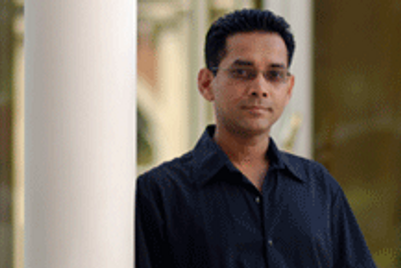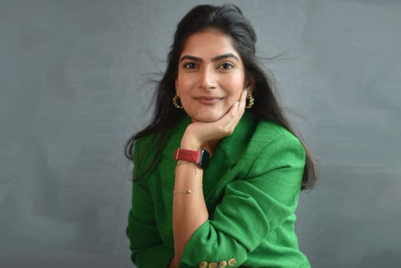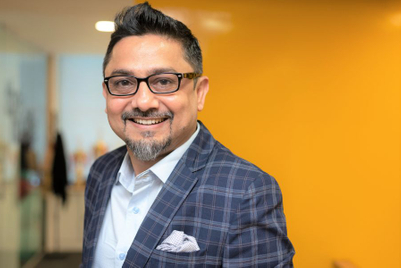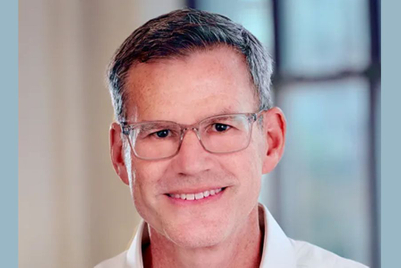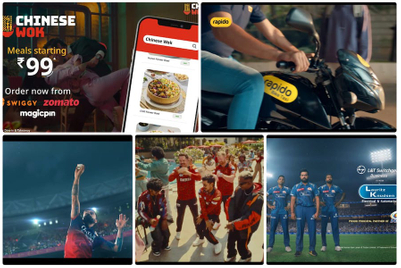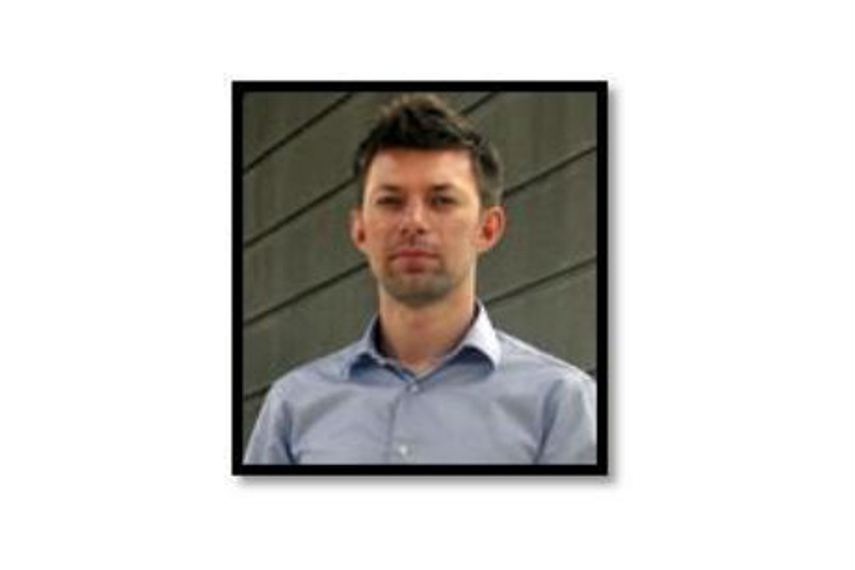
LinOpinion GolinHarris announced the launch of ‘The Bridge’, a set of tools and processes that allows real time monitoring, engagement and intervention, in India. India is the 14th market where The Bridge has been introduced. Campaign India caught up with Simon Ruparelia, head digital, Asia Pacific, GolinHarris, for more.
What exactly does The Bridge do? How expensive is real time listening and intervention, relative to cost of traditional PR?
The Bridge is effectively our real time engagement centre. It is a set of tools and processes as well as a physical space (in our office). We have a place called The Bridge where we do all our monitoring for brands.
We have a set of tools, processes and techniques to do the monitoring and then take them to become an actionable plan. We look at the trending topics of the day (mass media, news, tv, radio) as well as online, and we then sit with the team in 'The Bridge' area and put together stuff for our client. At the same time, we have our creatives and planning teams to visualise what the trending topics could look like for our brands. We have created a process that goes from insights to planning in a very tactical and fast way. What that gives us is a chance to react very quickly to an event. We can then go to a client and give them opportunities to involve themselves on a trending topic of the day. That helps them be part of a conversation.
When it comes to cost, when one comes to GolinHarris for a piece of work you’re buying into the G4 model (the new agency structure Lowe follows). It’s not a question of cost, it’s a question of whether you want this approach for your brand. One can apply 'The Bridge' on different scales depending on the industry/brand or for just one campaign.
Where (which market) have you seen maximum off take for the solution from?
We launched our first office three years ago. We're present in 13 countries around the world. India becomes the 14th. All of our offices are ofdifferent sizes. In the US, we have used The Bridge during the Olympics for clients like McDonald’s. In Singapore, we use it to look at and identify fashion trends. We’re using it around the world in different ways.
Will there be a ‘command centre’ in India? Do you see this servicing other markets, while being based here? How many people would 'The Bridge' employ here in India? Where are these people from (internal / new hires)?
Here, we have built it as an integrated part of office. It becomes part of the office and consists of people from the G4 model. We don’t have a staff number; we do it as per campaign and client. It’s a flexible resource for clients. The advantage of building these centres is that we can tap into them for big global events. The example is when something like the Olympics is on, we tie up with two or three offices to service them. With the new office in India, we see it as a perfect position to service clients for the next big global event - The FIFA World Cup.
Are there phases to introduction? Are there clients who are on board in India already?
We’re just launching The Bridge now in India. We’ll be taking this to clients and making them aware of this for now.
What are the barriers to its adoption that you foresee?
I think we’re looking at marketers of scale who are ready to embrace real time marketing, to marketers who are still looking to enter digital marketing. The only barrier is the marketer’s comfort level with traditional media (as against digital media).
How is the real time listening and marketing approach different from what is on offer from social media specialists and the like?
What we try to offer is an end-to-end solution. It’s very different to just a monitoring or a listening service. It’s about reacting to what we see and hear. By having this and having the assets lined up, you are able to capitalise on the audience’s discussion.
What are the objectives for the first year in India?
Number one is to show some great experience on online marketing and the role it can have. We have to show the advantages of adding realtime marketing to marketers.
Would Oreo at the super bowl count as an example of real time solution? Are there examples from Bridge that you could cite?
What is great about that example is having all your resources lined up. To produce something as simple as a visual that goes on. It’s held up as a good example, and the challenge is to follow that. The challenge is to provide that all the time to clients. That’s why we’ve built this solution.
We’ve been able to reach journalists who have been covering the Olympics, for instance. We’ve reacted to negative stories that are false in the fast food industry and been able to provide the right information very quickly.


.jpg&h=334&w=500&q=100&v=20250320&c=1)
.jpg&h=334&w=500&q=100&v=20250320&c=1)


.jpg&h=334&w=500&q=100&v=20250320&c=1)

.jpg&h=334&w=500&q=100&v=20250320&c=1)

.jpg&h=334&w=500&q=100&v=20250320&c=1)

